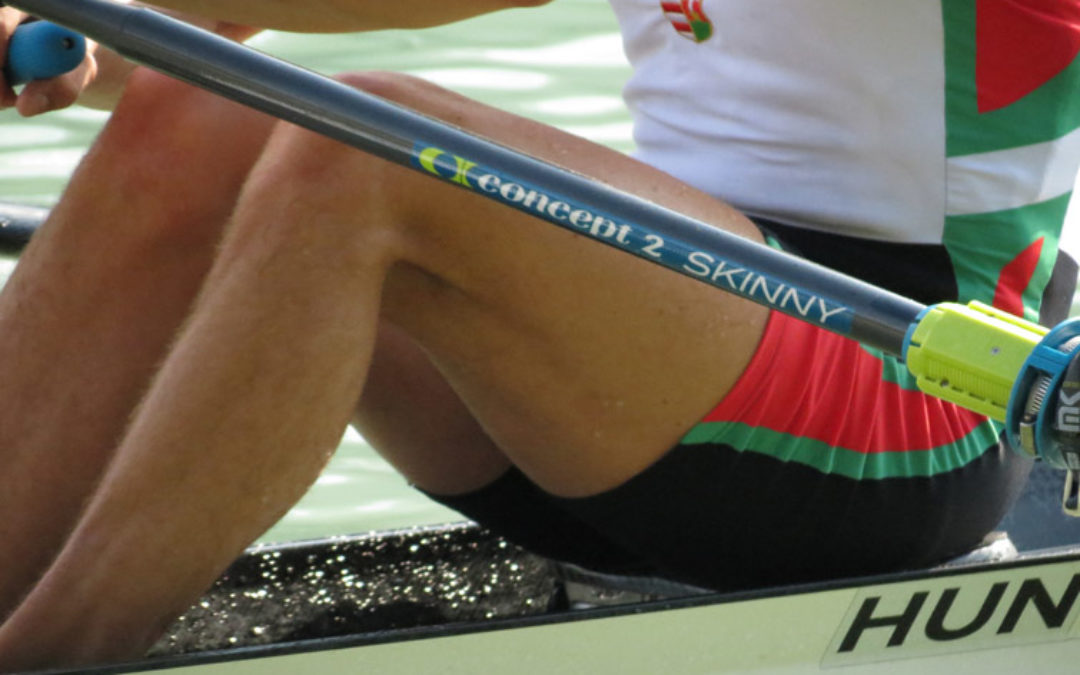Horizontal loading; linking the gym to the boat
It would be easy to take the mountain of biomechanical data about running, walking or weightlifting and attempt to apply it to the rowing movement. However the building blocks of these movements are different at a fundamental level, perhaps most importantly in relation to the loading of the foot and ankle: a vital link for the generation or transmission of our power.
What is so special about what rowers do? The rowing stroke is one of the few activities where we are loading the foot and ankle in a horizontal plane (or in a seated position instead of standing.)
Biomechanically, this provides some unique parameters for the analysis of how the human body can and
should operate during the rowing motion. Without considering these as a starting point, any true analysis will be flawed. For instance, when horizontally loading the foot, there is less gravitational pre-load on the joints of the leg and this occurs at a different plane than when standing. By virtue of this, there is a natural increase in foot arch size when seated, with the legs extended. Further, the seated position sets a framework of greater muscular and neural tension with a straight leg posture than the straight leg posture encountered when standing vertically. Ever felt that ‘sciatic’ type pain or tension when sitting in the boat which goes away when standing? That’s not always just the pressure of the seat.
Perhaps most interesting however is how the posture of the ankle and foot determines the movements of the lower limb and thus the rest of the moving joints up the chain (knees, hip, back and shoulders) to the hand.
When we walk, this posture is affected by a number of things, for example the gradient of the slope: walking
up a steep slope will produce a closed ankle angle and either a reduced range of movement or increased power requirement through the heel strike to toe-off portion of the stride. In rowing, this posture is affected by the interaction with the footboard. The traditional footboard does not provide a natural platform for the feet and thus for our knee and hip to operate from. Effectively the flat footboard does not allow our feet the opportunity to position themselves most effectively.
This inability to position is in contrast to the exercises we might do in the gym (a clean or deadlift for example) where the feet can position themselves to provide the knees and hips the best platform against which to work. This simple example has ramifications in both the gym and the boat. Which is the movement you are training to perfect? Are you thinking about the boat when you lift? Does your weight training program need to change or does your boat set up need to change? Or both? Are we training a movement in the gym that we cannot replicate in the boat?
Is the set-up available in the boat so specific that we should be changing our exercise selection to match it?
All important questions when looking at the specifics of the rowing movement and our preparation for it.
So to the question we get asked the most: how do I set myself up in the boat? The simple answer: decide how you would like the hip and knee to perform during the stroke and then position the foot and ankle to make it happen. This isn’t even easy in theory, so can be made devilishly difficult in practice. That’s why we’re doing all the work, and making the complicated a little simpler by designing the tools to enable you to rig your body better.

